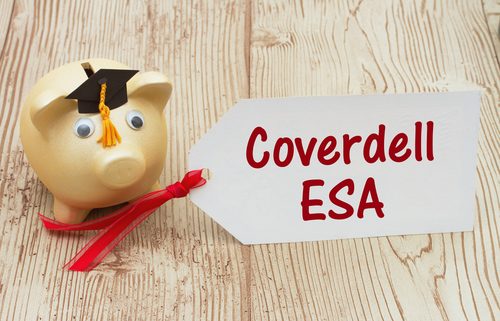Can You Save for Your Children’s Education with a Self-Directed CESA?
When you want to invest for your child’s education, you want to make sure you are going about it the right way. If you are not a wealthy investor, maximizing every dollar you invest will be integral to making sure that your child has the best chance at a high-quality education. Can you use self-direction to help you in this case? Of course, you can. But you will want to know the lay of the land. Specifically, you may end up using a Self-Directed CESA to help secure an education future for your child. And if you do so, there are a few things you will want to know.
The Rules for Using a Self-Directed Coverdell Education Savings Account
Let’s say that you open a Self-Directed CESA. What exactly will the process of investing for your child’s education look like? What will be the governing rules you will be expected to follow? Here are a few of the basics:
- When you establish the account, the designated beneficiary (i.e., the child for whom the account was created) needs to be under the age of 18. There are exceptions for this rule in the case of a special needs beneficiary.
- When you create the account, you will have to designate it as a Self-Directed CESA. That’s why it’s important for you to get the steps right from the beginning—don’t create an account and expect that it will be easier to make changes later.
- Keep your document that creates the account. The documentation governing the account should be in writing—and there are special requirements here as well.
How to Fund a Self-Directed CESA
When using this kind of account, you will be limited to total contributions up to $2,000 in any given year. It does not matter if you have multiple accounts of this type; that’s the total amount that you can contribute.
Additionally, the investments you make into the Self-Directed CESA are not deductible. This is something to keep in mind, as you will not be able to get immediate tax savings on these investments simply by putting that money away in the savings account.
Using a Self-Directed CESA
What happens when it’s time to use the account? There’s good news here: the distributions from a Self-Directed CESA will be tax-free as long as they follow certain rules. For example, they have to be used for qualified education expenses: tuition/fees, required books, and schools supplies and equipment. Qualified expenses for room and board may also apply.
In short, do not rely on your Self-Directed CESA to get you through other aspects of college life, such as having a TV in the dorm room. Instead, the money in these accounts will be expected to go specifically to school life.
What educational institutions can these be used for? Private, public, or religious school educations that provide either elementary or secondary education as determined under state law will qualify. Also, eligible institutions will include approved vocational schools, colleges, and universities. This should not be news to anyone planning for college, but it should give you a keen eye on how to plan for education expenses.
Self-directing the funds within a Coverdell Education Savings Account means you can invest in a wide variety of assets, but you will want to take a targeted approach, keeping in mind that the funds should be ready for your beneficiary when they hit the age of 18, in most cases.
Interested in learning more about Self-Directed IRAs? Contact American IRA, LLC at 866-7500-IRA (472) for a free consultation. Download our free guides or visit us online at www.AmericanIRA.com.





